In the adjoining wheatfields were other features, taking the form of circular or elliptical areas in which the wheat had been flattened. I saw these myself; they had not been much visited, and were certainly peculiar. One, very well-defined, was an oval, 15 yards long by 4 ½ broad. There was evidence of ‘spiral flattening’; and in one case there was a circular area in the centre in which the wheat had not been flattened. In no case was there any evidence of an actual depression in the ground.
The above is an extract from a letter sent to New Scientist magazine and published on 8 August 1963. The author, Patrick Moore, had been dispatched with a BBC film crew to Manor Farm at Charlton, near Ludwell, Wiltshire, to the site of a mysterious 2.4m by 0.3m crater in a potato field. Military personnel on the site found no evidence of an explosion, prompting Moore to speculate a ‘meteoric fall’ was to blame for the crater and the ground markings:
It would be a remarkable coincidence if these areas [of flattened wheat] were not associated with the crater. Since the areas of flattened wheat ‘led’ to the crater, it looks very much as though they, and the crater, were caused by something which came from the sky. In this case, the wheat would have been flattened by violent air-currents produced by the falling body.
According to Moore in his book ‘Can You Speak Venusian?’ the appearance of the crater and its associated markings were immediately pounced upon by ‘astrologers, at least one telepath, and various Saucerers (or Ufologists).’ Perhaps nobody should have been shocked by the appearance of ufologists at the site. Unidentified Flying Objects had been global news in the post-war era thanks to pilot Kenneth Arnold’s 1947 airborne sighting of mysterious objects (those which were famously ‘flying like a saucer would if you skipped it across water’) and George Adamski’s alleged contactee experiences. By 1950 uforia had arrived in Britain and was sufficient to lead to the founding of Flying Saucer Review, a journal that, as we will see, would become synonymous with the crop circle phenomenon in the 1980s. Meanwhile, local papers featured articles of mysterious lights in the sky and the Manchester area became the focal point of a minor saucer flap in 1964. Incidents dragged in members of the armed services including personnel from RAF Topcliffe (1952), RAF West Malling (1953) and RAF Lakenheath (1956). The subject of interplanetary communication even reached the mainstream with the BBC’s 1959 feature on taxi driver George King, otherwise known as Mental Channel No.1, and his telepathic links to entities on Mars. You can view his famous BBC interview and channelling session below:
On Christmas Day 1964 select residents in the small Wiltshire town of Warminster became the victims of some quite peculiar events. Mildred Head was awoken at 1.25am by ‘strange sounds that lashed at our roof’. Their intensity varied; from large hailstones at worst to the annoying repeat of twigs brushing against the tiles. At times the disturbance was accompanied by a humming. At 6.12am Mrs Marjorie Bye, on her way to church, was pinned down by violent auditory phenomena that included droning, whining and wailing. A witness to a similar or identical event at 6.12am was the wonderfully named postmaster Roger Rump; he spoke of a ‘terrific clatter’ on his roof and ‘an odd humming’. Into 1965 the strange auditory phenomena continued, though in May things took a new turn. A Hilda Hebdidge informed the Fleet Street UFO group of her sighting of illuminated, cigar shaped objects in the Warminster skies. Details were forwarded to The Warminster Journal and its reporter Arthur Shuttlewood. This was the beginning of a flap which would engulf the town and its surrounding area and bring national attention to an otherwise unremarkable location. Shuttlewood estimated some 420 people had witnessed unidentified aerial phenomena in the area by mid-1966, growing to 4000 by 1972.

Gordon Faulkner’s photograph on an alleged UFO above Warminster on 29 August 1965. In the 1990s one Roger Hooten claimed he had helped Faulkner fake the image.
The Croppie is not the place to feature a detailed, critical examination of the Warminster flap. (For this we strongly recommend Steve Dewey and the late John Ries’ ‘In Alien Heat’.) However, it is important within the context of cerealogy as Shuttlewood identified what be believed to be UFO ‘landing spots’ from a 1966 sighting in his book The Warminster Mystery:
Reeds and grass have been curiously flattened in what invariably seems to be clockwise fashion, blades swept smoothly inert in shallow depressions … It is significant that most circles, depressed and clearly formed, measure exactly thirty feet in diameter.
Other supposed landing marks were discovered and detailed in Shuttlewood’s 1971 book ‘Keys to the New Age’ with accompanying photographs. As evidence the images are poor, showing what appears to be no more than lodging, damaged caused to crops by wind and rain. Nonetheless, a possible mundane solution does not detract from a wider fact: landing marks, ‘nests’ as Shuttlewood described them, had been a significant aspect of flying saucer lore since 1966, when banana farmer George Pedley witnessed a mysterious craft lift off from swamp land near to the Australian town of Tully.
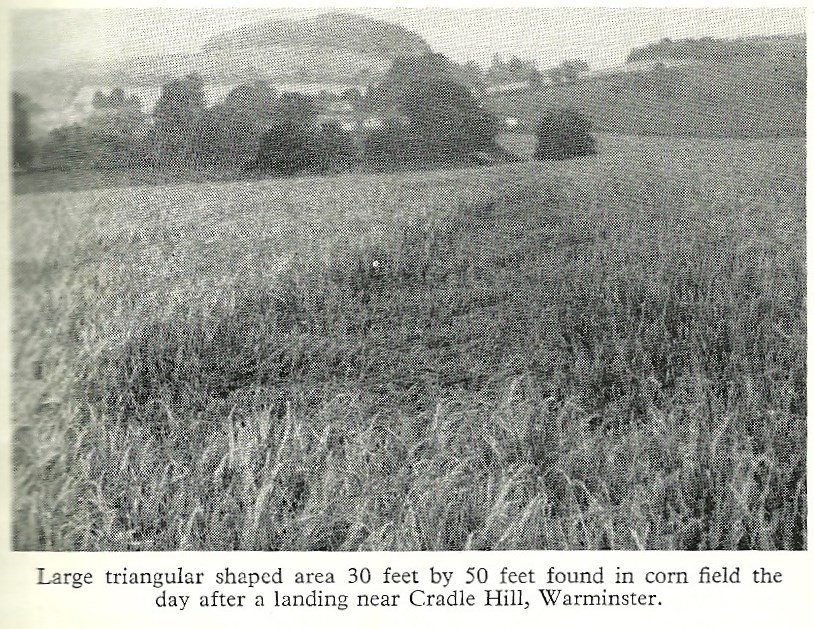
One of the possible UFO landing sites featured in Arthur Shuttlewood’s Book ‘UFOs — Keys to the New Age’.
On the morning in question, 19 January, Pedley was aboard his tractor and noticed a peculiar hissing sound coming from a lagoon owned by neighbouring farmer Albert Pennisi.
‘Suddenly George saw this machine rise up from our lagoon; it rose about 30 to 40 feet (10-12m) and then it turned on its side and just shot away. It was gone, vanished into thin air,’ Pennisi later told journalist Francis Whiting from Brisbane’s The Courier Mail.
Pedley rushed to the lagoon and, by Whiting’s description, found a ‘9m circular mass of reeds, tightly woven in an intricate design swirling clockwise and so strong, Pennisi says, it could easily support the weight of ten men. According to crop circles historian Terry Wilson another local farmer, Lou Lardi, ‘found two more [nests], with yet another discovered shortly afterwards, which exhibited a scorched centre. This made six nests at the site. It seems that this was not the first such incident in the Euramo region. The RAAF (Royal Australian Air Force) investigated this case, and noted, “During enquiries a number of local residents stated that the reported ‘nests’ are fairly common during the onset of the ‘wet’ season.”’
Whether the cause of Tully’s nests was truly extraterrestrial or otherwise, the small town and its weird saucer nests have become forever linked to the history of both ufology and cerealogy. For those pursuing evidence of alien visitation Tully will be a noteworthy case from the 20th century; in cerealogical terms, the event can (depending on your perspective) be viewed as spark for an entirely new phenomenon.

A Tully saucer nest.
British migrants Doug and Ilene Bower were living in their self-built bungalow in Victoria, Australia, at the time of George Pedley’s strange encounter. ‘It was out there in the heat,’ observes Rob Irving, ‘clearing tuffets, that [Doug] nurtured his interest in UFOs’ having read about the saucer nests. ‘The so-called experts,’ Irving notes, ‘said that it was definitely where UFOs had landed. Doug saw no reason to disbelieve them. “There was no such thing as hoaxing or anything like that in those days,” [Bower] remembered. “So I just took it that the report was correct, and that UFOs had landed. Well it had to be something, didn’t it?”
Bower had the Tully saucer nests at the back of his mind when he returned to Hampshire later in 1966. Having opened a small gallery and picture-framing studio, Bower befriended fellow painter Dave Chorley. ‘We used to venture out on Friday evenings and have a chat about watercolours and things and have a pint of beer,’ Bower told the South Today news show on 9 September 1991; ‘And then one evening, summer evening [in the mid-1970s], we saw a cornfield where I remarked to him about [the Tully saucer nests], and I said “Why don’t we put a circular depression in this cornfield, the same as they had over in Australia.” The UFO society here, which was at its height at the time, Warminster especially, I said they would probably think that it is a UFO that had landed.’
Chorley and Bower would begin their circle making exploits in the Winchester area of Hampshire, beginning in the ‘Strawberry Field’, a meadow close to the Percy Hobbs Pub — now a Neptune home furnishings shop — underneath Chilcomb Down. Almost all of their early creations went unnoticed before the pair decided, in 1980, to travel to the Warminster area, the former UFO hotspot in neighbouring Wiltshire. Any confidence they held of their work being discovered would be well reasoned, having chosen the fields underneath the escarpment of Bratton Camp and the Westbury White Horse view points as their canvas. By mid-August word had reached the Wiltshire Times of the ‘mystery circles’. Was this ‘the return of the [Warminster] Thing?’ the newspaper asked.

The site of the second Westbury White Horse and Bratton Camp circle (1980). This photograph was taken in 2017. In recent years the field has been used solely for grazing.
Sketchy details of the subsequent investigation carried out by the ufologists of NUFOR (South West) would find their way into the pages of the influential Flying Saucer Review journal the following year, though only after Alresford, Hampshire, based inventor and engineer Pat Delgado had relayed details of the three circles he had seen at Cheesefoot Head, Winchester. The importance of Flying Saucer Review in establishing a solid link between ufology and cerealogy cannot be understated. Between 1982 and 1995 (the latter date four years after Bower and Chorley had ‘come clean’ on their circle making antics) some twenty nine issues of the journal had made mention of crop circles within their pages.
Like the British people they supply with news, the media love a mystery. Their fascination with the circles turned a regionalised phenomenon into a national puzzle. During 1983 the Daily Express exploited the popularity of hit movie ‘E.T. –- The Extra-Terrestrial’ to feature an image of new circles close to Bratton Camp under the headline ‘ET — Phone the Express’. The following year, former Chancellor of the Exchequer Denis Healey photographed a quintuplet formation close to his home in East Sussex. The image found its way onto the front page of the Daily Mail as ‘Healey’s Comet’. 1989’s BBC West produced news special ‘Secret Circles’ gave airtime to ufologist Ken Rodgers from the Unexplained Society. Unsurprisingly, he suggested crop circles were modern day saucer nests. In the same report, an unnamed couple reported seeing strange lights whilst inside a crop circle.
Public interest in the supposed link between crop circles and UFOs peaked in 1990 with the BBC and Nippon TV’s joint venture to monitor the fields under Bratton Castle and capture a circle being filmed on camera. Cerealogists Pat Delgado and Colin Andrews were appointed advisors on the Operation Blackbird project. Their inclusion betrayed a hope on the part of the organisers; both men firmly believed a third party, non-human ‘intelligence’ was creating the circles. The pair had become regulars on morning television each summer as the circles returned the fields.

The Operation Blackbird hoaxed circle.
Operation Blackbird ended without success and little more than a year later Doug Bower and Dave Chorley shared their circle making exploits with TODAY newspaper. Nonetheless, the crop circles kept appearing and UFOs continued to be mentioned as a possible explanation. This continues today; for example, a 2014 crop circle at Tetbury Lane, near Malmesbury, Wiltshire, was accompanied in the local press by reports of strange lights in the skies. More extreme are those individuals who need crop circles to have alien origins. The leading case study here is of Share International, the magazine and affiliation of believers founded by the late Scottish esotericist Benjamin Creme. He suggests the circles are
created by people, mainly from Mars and Venus, with a few exceptions from other planets.’ These beings make circles to tell ‘the people of Earth that the Space Brothers, as I call them, the people from other planets like Mars and Venus, are here, are part of a system, and they work in a systemic way, not just as separate planets. They are helping this planet to develop the technology of the future, and also to make known, without being too strong about it, that they are here, that they are aware of us, that they are helping us, that they have a very spiritual intention in coming here, and that they are 100 per cent friendly and harmless.
Whilst there has certainly been a decline in the number of people who believe crop circles are made by extraterrestrial visitors — or at least the media attention given to them — such faith remains very much alive. One only has to read crop circle groups on social media, or sit in a crop circle and listen to the conversations that develop. Invariably, someone will ask, ‘Do you think it’s a genuine circle?’ The concept of the ‘genuine’ goes hand in hand with those saucer nests of the past.

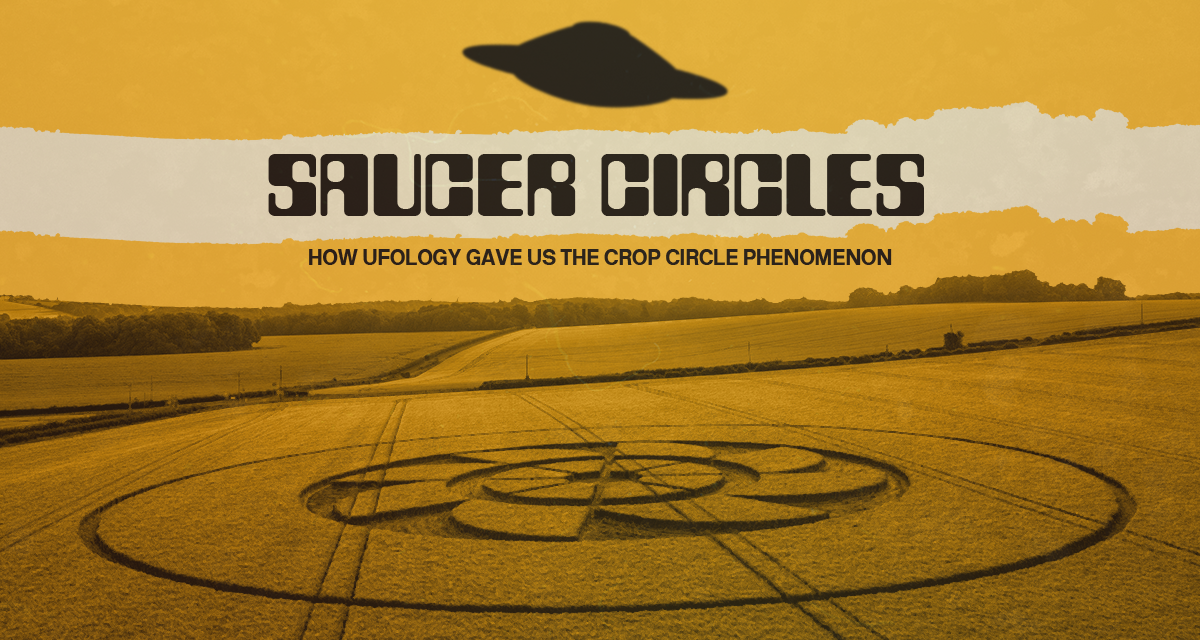
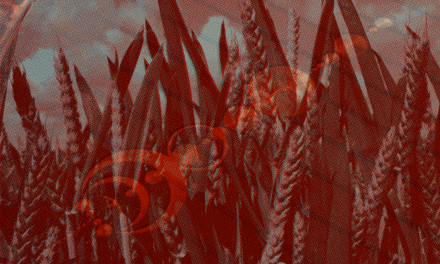
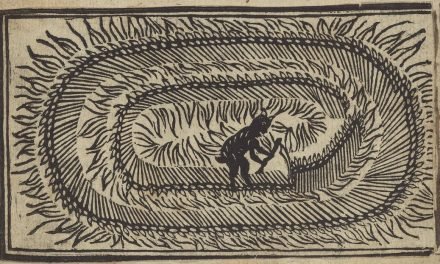
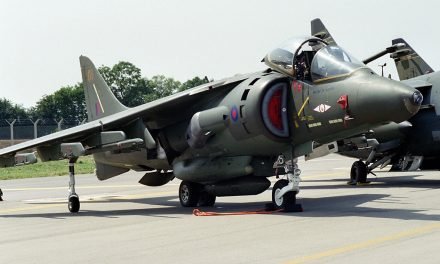
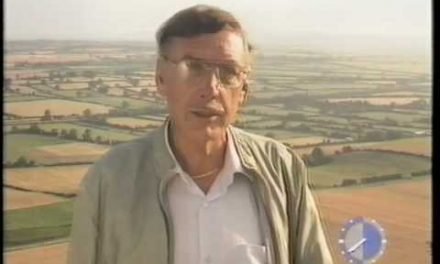
Trackbacks/Pingbacks